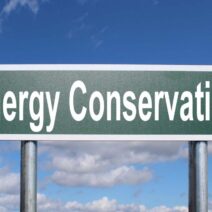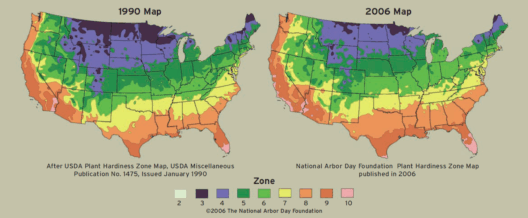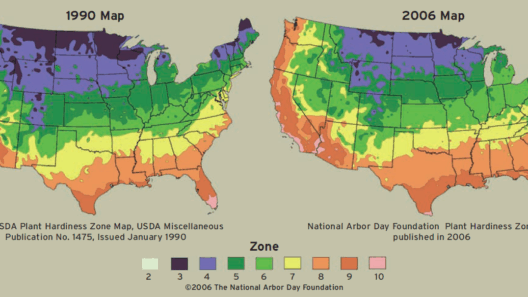In our contemporary landscape, where towering structures and sprawling factories dominate the skyline, one has to wonder: What impact do these industrial giants have on our planet? As we pursue progress and economic growth, we risk compromising our environment, leading to severe repercussions. Factory fumes, often seen as a byproduct of industrialization, play an insidious role in the larger context of climate change. The relationship between industrial pollution and global warming is intricate and multifaceted, raising crucial questions about accountability and responsibility.
At the heart of industrial pollution is the emission of greenhouse gases (GHGs) such as carbon dioxide (CO2), methane (CH4), and nitrous oxide (N2O). These gases trap heat in the Earth’s atmosphere, creating an insulating effect that results in rising global temperatures. Factories, often powered by fossil fuels, are significant contributors to these emissions. Their operations not only release pollutants directly into the atmosphere but also contribute to the degradation of air quality, affecting both human health and ecological stability. The cyclical nature of this pollution propels the very climate change that poses a threat to our way of life. Can we, as a society, disentangle the threads of economic advancement from environmental degradation?
One striking consequence of industrial pollution is the alteration of atmospheric conditions. Factories emit a variety of harmful byproducts, including particulate matter, sulfur dioxide, and volatile organic compounds (VOCs). These substances combine in the atmosphere, leading to smog formation and acid rain, phenomena that degrade natural ecosystems. Consequently, agriculture suffers: crops are stunted, or worse, rendered toxic to human and animal life. The delicate balance of biodiversity is disrupted, exemplifying the interdependence between industrial operations and ecological resilience. The question thus arises: Are we willing to sacrifice the sanctity of our natural world for short-term gains?
The ramifications of factory fumes extend beyond terrestrial ecosystems; they also impact our oceans. Increased CO2 levels lead to ocean acidification, drastically altering marine environments. Coral reefs, vital to marine biodiversity and a source of sustenance for millions, are particularly vulnerable. The interconnectedness of atmospheric pollution and oceanic health highlights a comprehensive crisis — not merely an environmental issue but a profoundly social one that transcends borders. As such, the narrative of industrial expansion must shift toward sustainability. This raises a challenge for national economies reliant on industrial output: How can we transition towards greener technologies while maintaining economic stability?
Engagement with renewable energy sources presents an opportunity for industries to mitigate their environmental footprint. Innovations in solar, wind, and hydropower allow companies to reduce their dependence on fossil fuels, thereby lowering GHG emissions. Transitioning to cleaner technologies may initially seem daunting, often requiring significant upfront investment and shifts in operational structures. Nevertheless, the long-term benefits for both the planet and future generations are irrefutable. It is imperative that policymakers and industry leaders collaborate to create incentives that encourage this transition—after all, without proactive measures, we risk entering an era where climate catastrophes become the norm rather than the exception.
Moreover, public awareness plays a pivotal role in accelerating the movement for industrial reform. An informed populace recognizes the detrimental effects of pollution and demands accountability from industries and governments alike. Advocacy and activism can influence policy changes and promote sustainability initiatives. Grassroots movements focusing on environmental protections can catalyze substantial shifts in consumer behavior, creating a market driven by ecological consciousness. However, the question remains: How do we stimulate widespread engagement when apathy towards climate issues runs rampant?
One potential solution lies in education — equipping individuals, especially the youth, with knowledge about environmental stewardship fosters a culture of responsibility. Educational programs can elucidate the immediate effects of climate change and pollution, highlighting the urgency of action. By cultivating an informed citizenry, we can inspire future leaders to prioritize environmental integrity and sustainability, nurturing a new generation equipped to tackle the challenges of climate change head-on.
Indeed, cooperative efforts at all levels are essential to combat climate change effectively. Industries must acknowledge their role in exacerbating environmental issues and embrace the challenge of transformation. Simultaneously, governments must enact policies that impose stringent regulations on emissions while supporting sustainable practices. It is critical to develop public-private partnerships that promote innovative solutions to climate issues, enabling both progress and preservation of our natural resources.
As we reflect on the relationship between factory fumes and climate change, the imperative becomes clear: collective action is required to safeguard our planet. The formidable challenge lies in reconciling industrial growth with ecological sustainability. Current practices have fostered a path of destruction, but a proactive, informed society can redirect this trajectory towards one of restoration and resilience. By uniting to address the impacts of industrial pollution, we can begin to reverse the damages wrought by an industrialized world. Can we envision a future where the air is clean, and the environment thrives, unfettered by the specter of factory-induced climate change?
In conclusion, while the origins of climate change may be rooted in industrial expansion, the solutions lie in collaborative action, innovation, and a commitment to sustainability. The time to act is now; our planet’s future depends on it.







